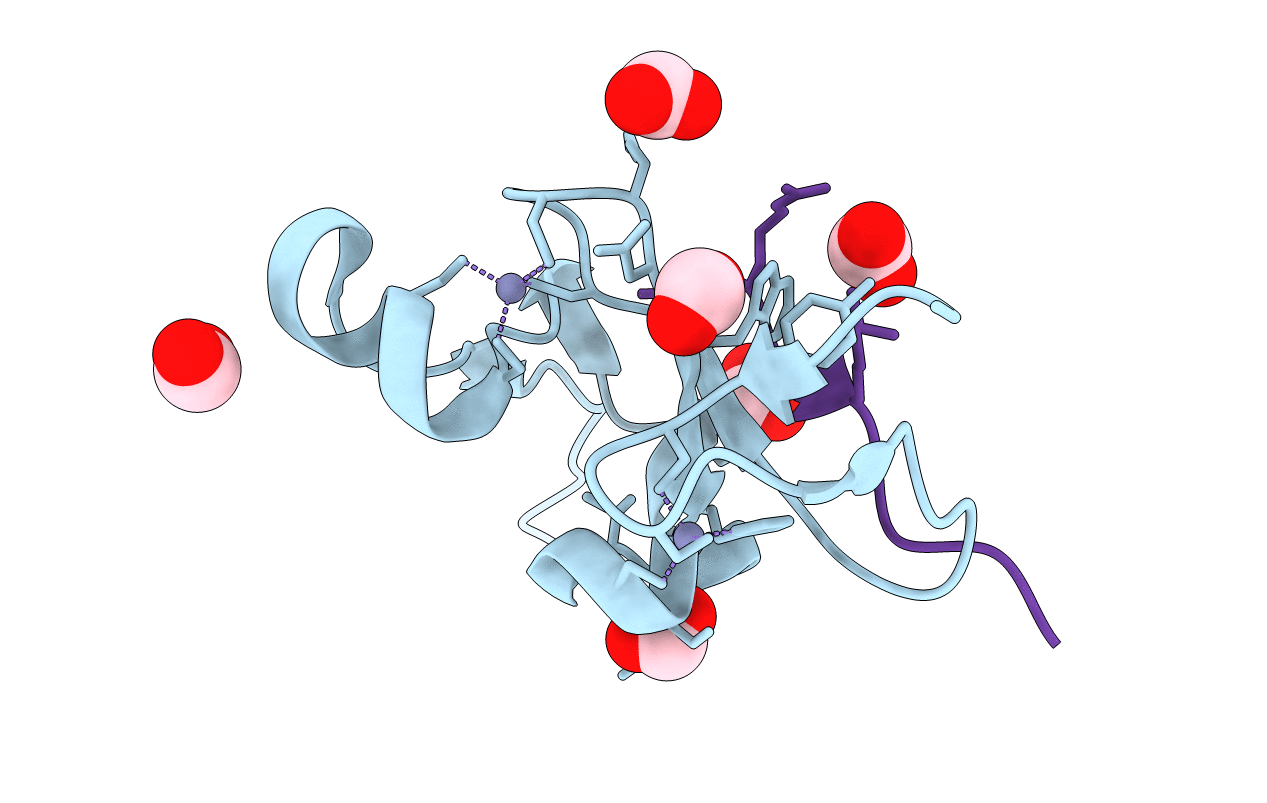
Deposition Date
2021-03-11
Release Date
2021-05-26
Last Version Date
2023-10-18
Entry Detail
PDB ID:
7M10
Keywords:
Title:
PHF2 PHD Domain Complexed with Peptide From N-terminus of VRK1
Biological Source:
Source Organism:
Homo sapiens (Taxon ID: 9606)
Host Organism:
Method Details:
Experimental Method:
Resolution:
1.15 Å
R-Value Free:
0.16
R-Value Work:
0.15
R-Value Observed:
0.15
Space Group:
I 2 2 2


